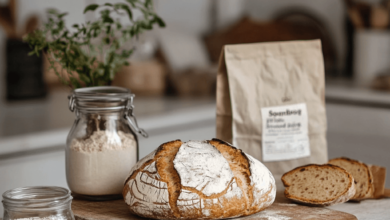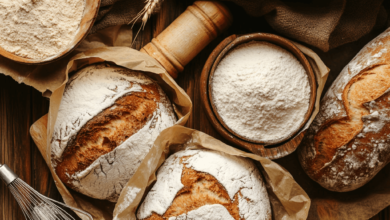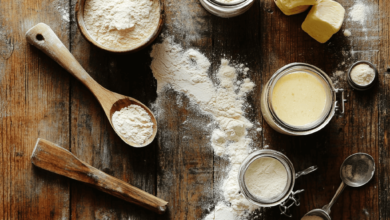Where to Buy High-Quality Kitchen Knives?

Introduction
“Where can I buy high-quality kitchen knives?”
A good kitchen knife is an essential tool for every home chef. Whether you’re chopping vegetables, slicing meat, or dicing herbs, the right knife makes all the difference. But with so many options out there, knowing where to find top-quality kitchen knives can feel overwhelming. In this guide, we’ll explore the best places to buy kitchen knives and what to look for when making your purchase.
1. Specialty Kitchen Stores
Specialty kitchen stores are a top choice for finding high-quality knives.
- Why Choose Them?
- Wide selection of professional-grade brands like Wüsthof, Shun, and Global.
- Expert staff to guide you in choosing the right knife for your needs.
- Often offer sharpening services to maintain your knife’s performance.
Tip: Visit stores like Sur La Table or Williams Sonoma for a hands-on experience before buying.
2. Online Retailers
Online shopping offers convenience and a vast selection.
- Popular Sites:
- Amazon: Great for customer reviews and competitive prices.
- KnifeCenter: Specializes in high-quality kitchen and chef knives.
- Chef’s Knives to Go: A trusted site for premium Japanese knives.
- Why Buy Online?
- Access to international brands and hard-to-find models.
- Easy price comparison and detailed product descriptions.
Pro Tip: Read customer reviews and check return policies before purchasing.
3. Local Kitchen Supply Stores
Local stores often stock reliable, high-quality knives and cater to professional chefs.
- Why Visit Local Shops?
- Personalized service and expert recommendations.
- Opportunity to test knives before buying.
- Support small businesses in your community.
Tip: Look for local restaurant supply stores—they often have durable, affordable options.
4. Manufacturer Websites
Buying directly from the manufacturer ensures authenticity and access to exclusive models.
- Top Brands to Explore:
- Wüsthof
- Shun
- Global
- Victorinox
Advantages:
- Authenticity guaranteed.
- Often includes warranty registration and sharpening guides.
Pro Tip: Watch for seasonal sales or bundles on manufacturer websites.
5. Secondhand or Vintage Shops
For unique or vintage knives, secondhand shops or marketplaces like eBay can be a goldmine.
- Why Consider Vintage?
- Older knives often have superior craftsmanship.
- Unique designs not available in modern production.
Caution: Ensure the knife is in good condition and be prepared to invest in professional sharpening.
6. What to Look for When Buying a Kitchen Knife
Regardless of where you shop, here are some key features to consider:
- Blade Material: High-carbon stainless steel offers durability and easy maintenance.
- Handle Comfort: Ensure a comfortable grip that feels secure in your hand.
- Balance and Weight: A well-balanced knife makes chopping easier and safer.
Conclusion
Knowing where to buy high-quality kitchen knives can save you time, money, and frustration in the kitchen. From specialty stores and online retailers to local shops and manufacturer websites, there are plenty of options to find the perfect knife for your needs.
For more kitchen tips and recommendations, visit our Kuestion.com.




